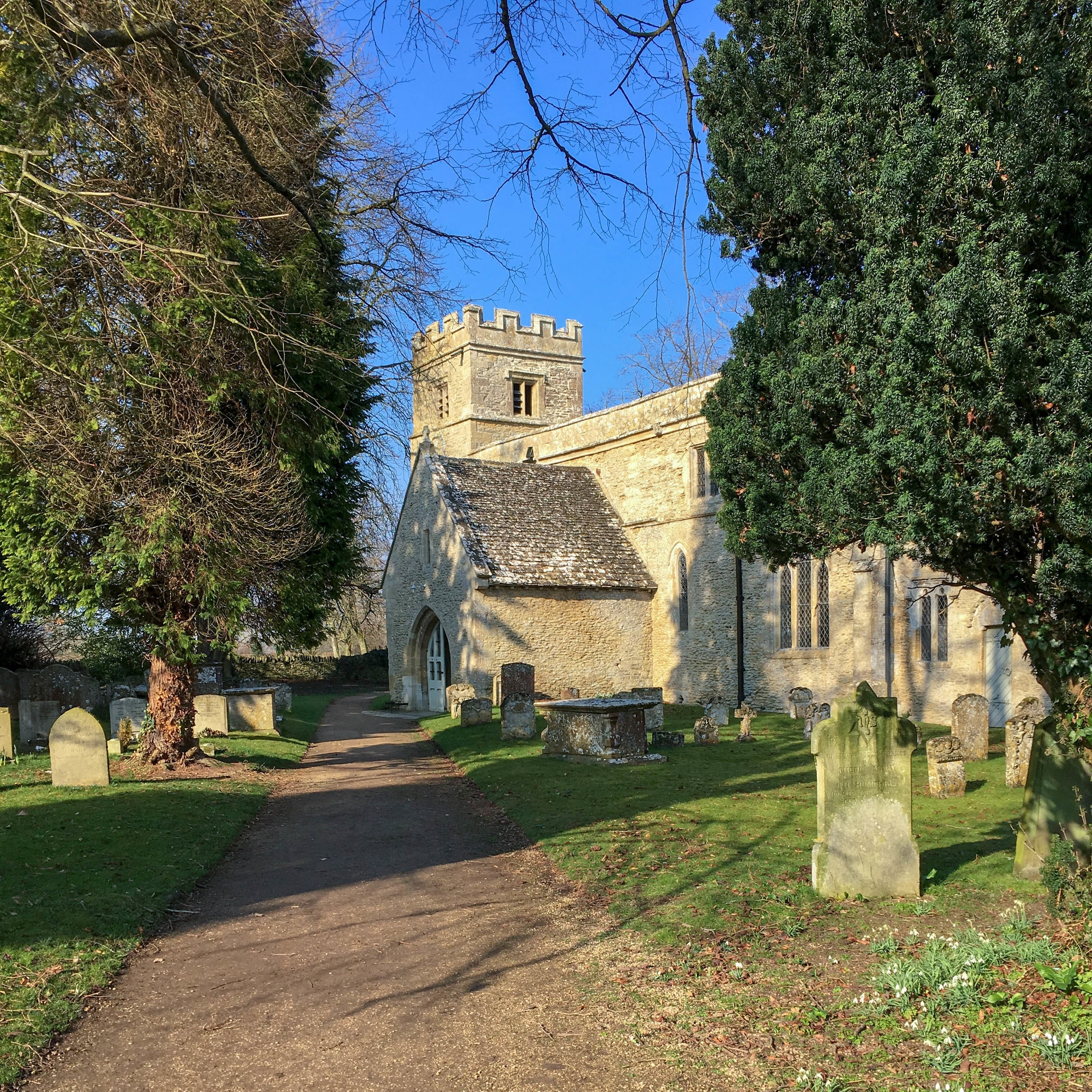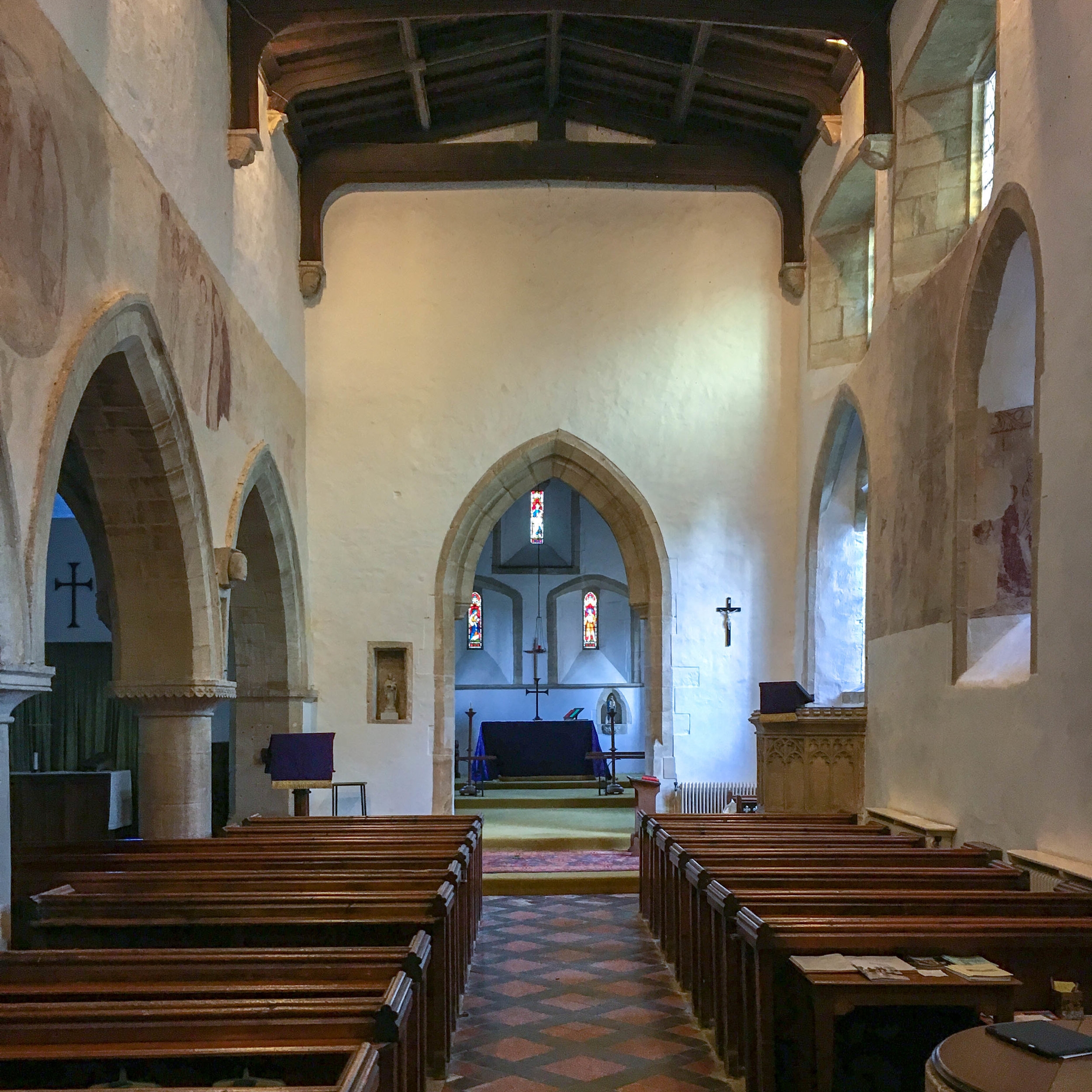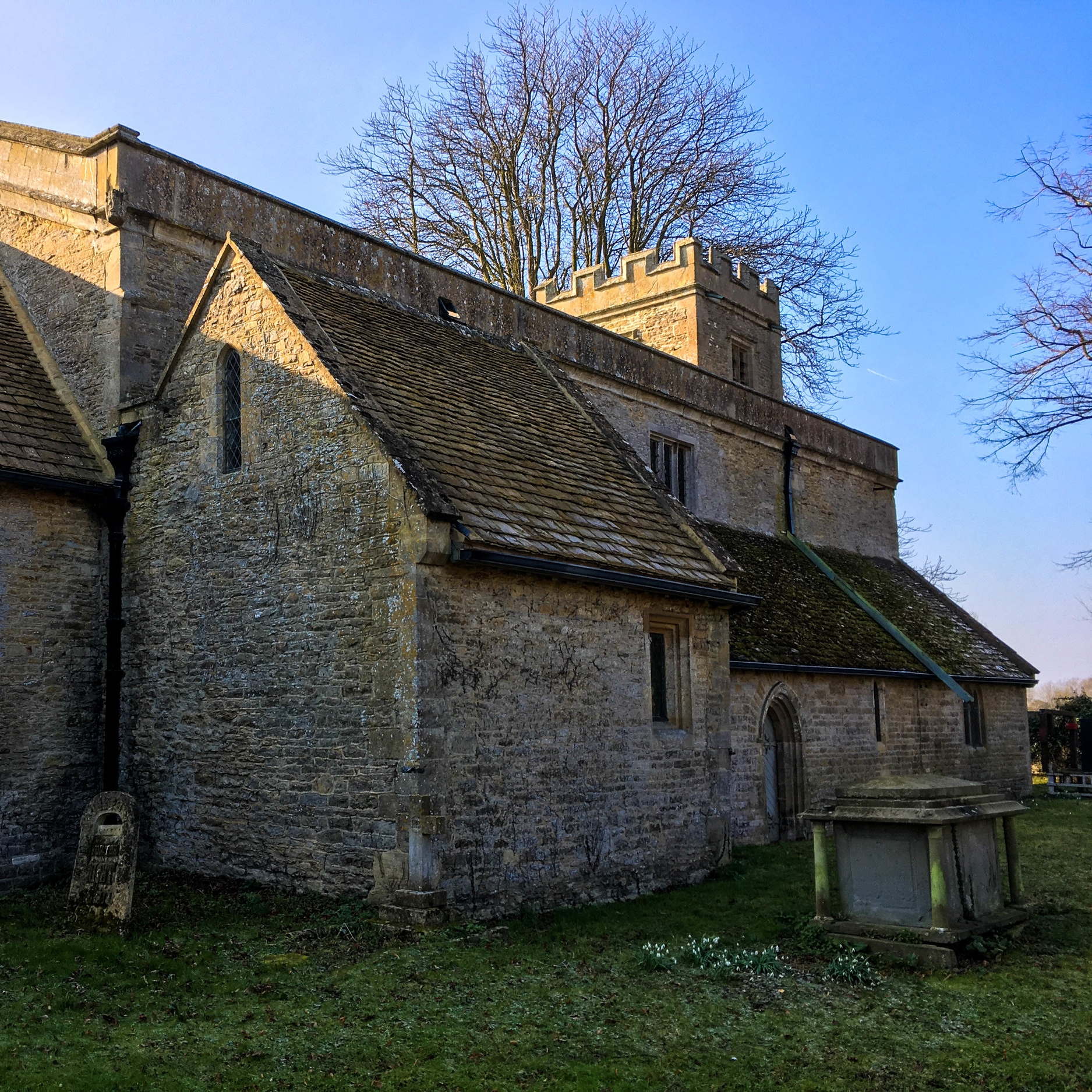We are delighted to be commissioned to develop designs to convert Mission Church into a two bedroom, holiday let. The design and alterations have been informed by a heritage statement and condition survey which we undertook earlier this year.
The project is unusual as Cotswold Council have determined that the building is a non-designated heritage asset under the NPPF and so sensitively converting the interior is a material consideration. Whilst non-designated heritage assets do not fall under the listed building act of 1991, the design of the interior has to be made to respect the heritage of the Church and as a result building regulations matters have to be taken into consideration at an early stage.
‘Mission Church’ was initially constructed as an Infant School for 100, but was designed in an ecclesiastical style and indeed was used for Church services very shortly after. In 1886, the building became a national school, spreading the Mission of the Church and promoting education to the poor.





